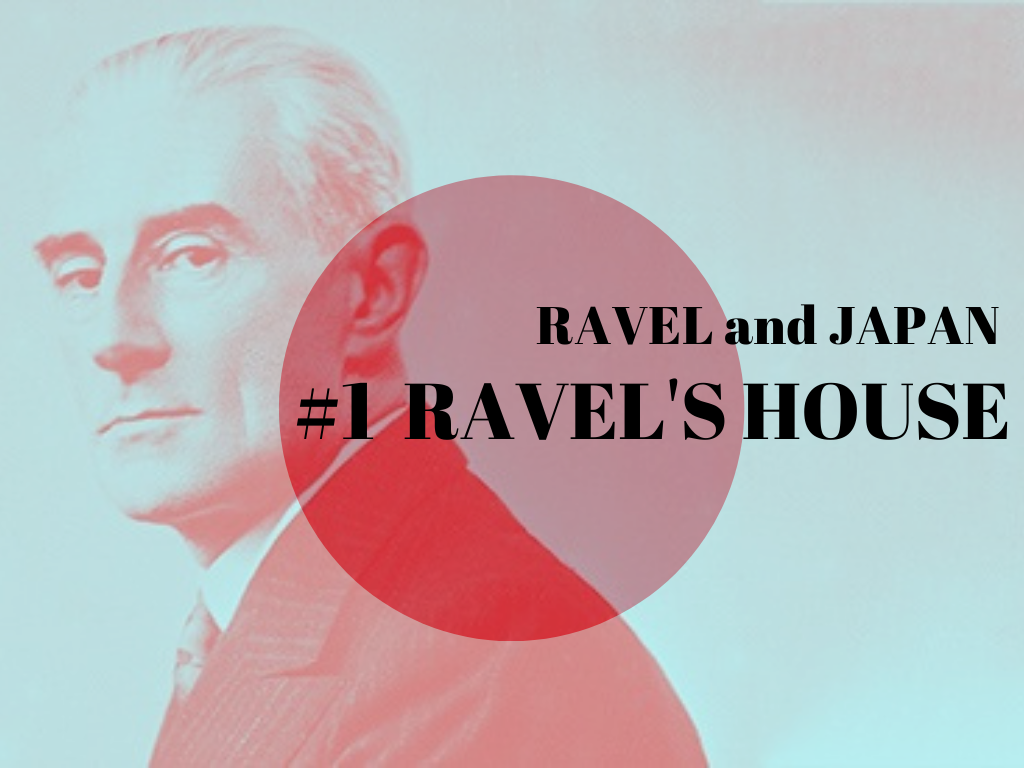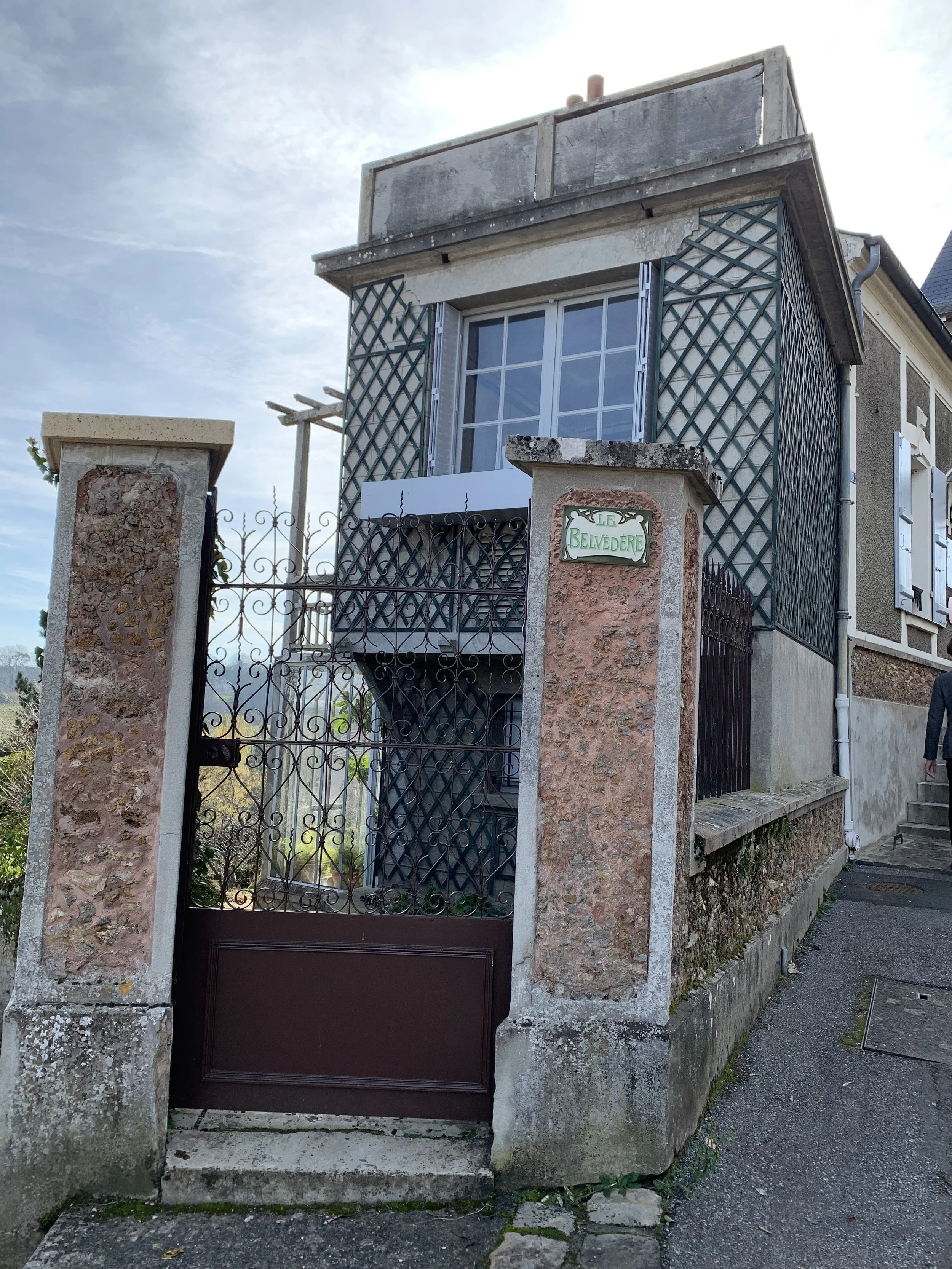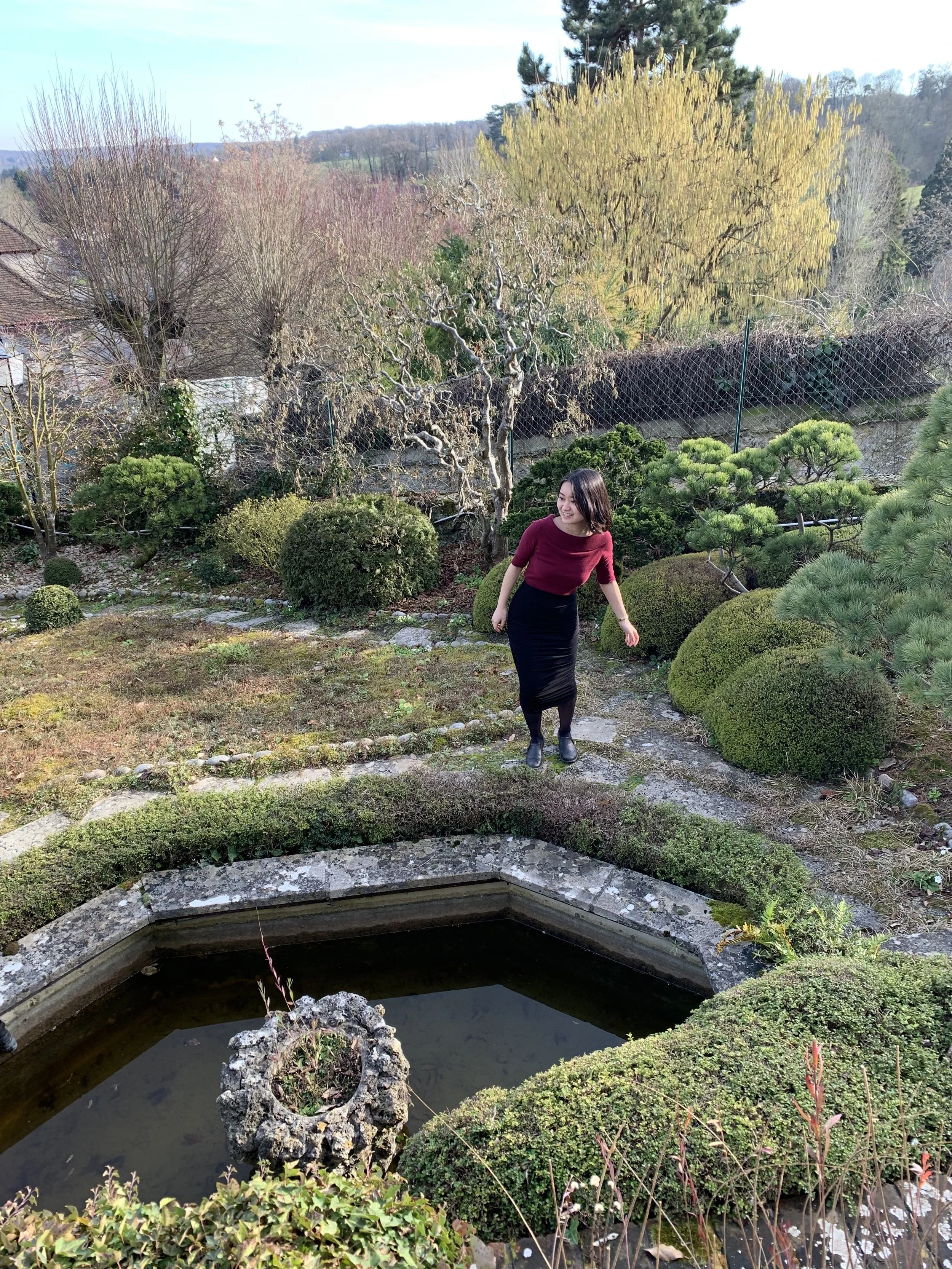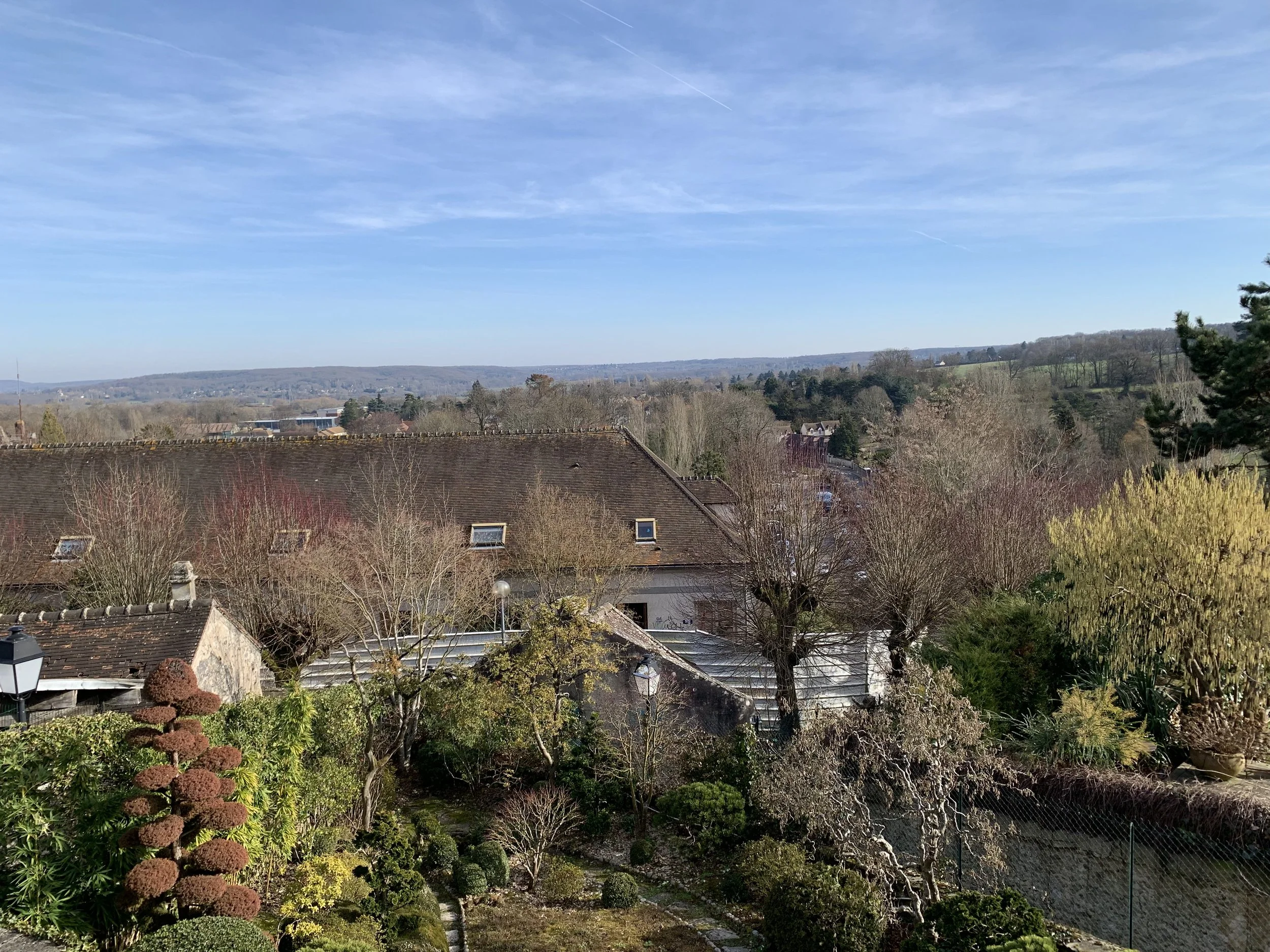M.Ravel and Japan #1 Le Belvédère - Ravel's House
When we think about the French composer Maurice Ravel (1875-1937), what would be the first thing that comes to mind? Marvelous orchestration in Daphnis et Chloé? The obsessive repetition in Boléro? Fairy tales in Ma Mère l'Oye, Orientalism in Shéhérazade, or even the jazzy atmosphere in the Piano Concerto in G and the 2nd movement of the Violin Sonata in G?
Indeed, Ravel was widely interested in many different cultures. And I would claim, he was very interested in Japanese culture as well.
This series "Ravel and Japan" is based on my Master research at the Conservatorium van Amsterdam (which I am still researching and writing). Through the project, I discovered many episodes of Ravel’s life that are simply not commonly known yet, or not known to Europeans as they are only publicized in Japanese. I would like to talk about it here casually, and also dive into all the interesting side stories that cannot make it into an academic thesis.
The other purpose of writing this blog is that I would like to have a closer connection to my audience. Pianists always show up on the stage, they get applause, they bow to the audience, perform and then bowing and applause again…who decided it should always be like this? Unless I have a chance to be on the stage in the Concertgebouw and literally make a descent down the stairs to the stage, as the greatest pianist in the world do, I don’t want to this formally. As if I am a pianist who can only play the piano but do nothing else… The genuine Satomi is talkative, curious, and loves to share and exchange stories about music with my audience. So, I decided to talk about music at my concert (which is still a new skill to learn for me, but very exciting too!). And, I suppose, now write about music too. I practice piano everyday, I have been training my ears since I was 3 years old and I am frantically researching the background stories of the music I am playing. Why should this background knowledge to the music we all love be exclusive to professional musicians? I believe that it will absolutely enrich everyone’s experience of classical music, so why not share it?!
Finally, I would like to improve my English writing skill through the blog as well. So please don't be hard on my English!
But enough introduction, let’s get back to my beloved composer Maurice Ravel.
Just like other composers around the end of the 19th century and the beginning of the 20th century, Ravel was interested in Japanese and Asian art. Now, at this stage one can already ask if he was able to even distinguish between Japanese and Asian art. I think, he had clear ideas on it, judging from what he was collecting at his house Le Belvédère in Montfort l'Amaury.
Le Belvédère is where he spent the last 16 years of his life. In February 2019 I visited the house myself to see if he actually had a Japanese garden and Japanese woodblock prints (ukiyo-e) as one of the books about Ravel claimed (*1)... And yes, it was definitely worth to walk through fields and villages from the nearest train station to the house for over 50 minutes. Indeed, Ravel had a lot of ukiyo-e in his house. And the Japanese garden was there as well. (see the pictures below)
Entrance to the Japenese garden of Le Belvédère in Montfort l'Amaury.
Maurice Ravel’s Japanese garden. This was one of the few places taking pictures was allowed.
View of Ravel’s house from his Japanese garden.
Maurice Ravel bought the house for this view.
Maurice Ravel hid his scores and books behind the shelf on the left inside of a secret room. (photo by http://fondationmauriceravel.com/en/photo-gallery-amaury/)
Inside of Maurice Ravel’s house, there is a small room full of Asian objects. The collection seems like a mix of objects from China, Japan or perhaps Indonesia as well. Also, the extent of his collection is quite impressive, and what was immediately obvious is the, almost obsessive, way he placed the object symmetrically in the room. This symmetrical pattern is also evident in almost every other part of Le Belvédère. It was pleasing, at least to my eyes, but on the other hand it was frightening in a way. For instance, the placing of his toilet articles (such as a beautiful kit for maintaining nails and beard) did not look that far from a surgical theatre. But I believe that this kind of behavior will not surprise anyone familiar with Ravel’s music.
That being said, "mishmash" might be the right word to describe his collections at the house. There are a lot of card games for children (He LOVED playing with children. Sounds a bit suspicious today, that a single man, who does not seem to attract any gossip about romantic relationships whatsoever, loves children, doesn't it?), vases in ancient Greek style (probably imitations), some Chinese dishes and beautiful illustrations of ladies wearing 18th century style dresses...
There even was a hidden book shelf behind a cabinet. Ravel stored his scores there so no visitor may steal them. Yes, we could already guess that he seems to have been a rather obsessive man!
I am sorry that I can not show you pictures of the inside of the house. Even for research purposes, they did not allow me to take any photos. Instead, I link to a video tour the BBC made through Ravel’s house in 2014.
You can also see pictures of his house on the website of the Fondation Maurice Ravel (http://fondationmauriceravel.com/en/). If you would like to visit the house yourself, you can find more information here: http://fondationmauriceravel.com/en/come-visit-le-belvedere/ . I asked my French friend to reserve a tour for me. The guide could talk English, but tours are usually done in French. So I reccomend you to bring a French friend with you.
The more you know about Ravel, the less you understand him — that is what I feel through my research so far. He obviously seems interested in Japanese art at certain level, but, to my knowledge, he did mention to in his compositions. Does that mean it is not worth researching the connection between Ravel and Japan deeper? I believe what you see, what you eperience and even what you have in your house has to do something with your creativity. Or would he just place the Japanese painting above the door of his composition room randomly?
In the next post, I will talk specifically about the items (Japanese paintings or a book about Japanese art) he owned and are known to me right now. Did he have the famous Hokusai’s great wave like Debussy? What was he particulaly interested in? Can we understand Japan’s influence on Ravel a bit better from it? Let’s see!












